Loki, a figure shrouded in mystery and contradiction, stands as one of the most intriguing and complex characters in Norse mythology. Often depicted as the god of mischief, Loki’s role transcends simple categorization, weaving a tapestry of trickery, transformation, and even tragedy. His character embodies the fluidity of morals and roles, often serving as a catalyst for both the creation and resolution of conflicts among gods. This article aims to delve deeply into Loki’s multifaceted persona, exploring his origins, myths, and the profound cultural significance he holds. We will embark on a journey through ancient texts, modern interpretations, and scholarly insights, offering a comprehensive, accurate, and thought-provoking examination of Loki. Our goal is not just to recount tales of old but to unravel the threads of Loki’s enduring legacy in Norse mythology and his impact on contemporary culture, ensuring factual integrity and original analysis at each step.
| Origin | Norse Mythology |
| Deity Type | Trickster God and Shapeshifter |
| Appearance | Often depicted as a mischievous and cunning figure |
| Role | Trickster god known for causing trouble and chaos; sometimes aiding the gods |
| Family | Son of Laufey and Farbauti; blood-brother to Odin |
| Children | Father of several monstrous offspring, including Fenrir, Jormungandr, and Hel |
| Cultural Impact | A central and complex character in Norse mythology, symbolizing both chaos and cunning |
| Depictions | Featured in numerous Norse myths and sagas, often as a catalyst for conflict and change |
1. The Origins of Loki in Norse Mythology
Unraveling Loki’s Beginnings
Loki’s origins in Norse mythology are as enigmatic as his character. Unlike other Norse gods, his lineage is not purely divine. He is born to the Jötunn (giant) Farbauti and the goddess Laufey. This mixed heritage places Loki in a unique position among the Aesir, the principal pantheon in Norse religion. Loki’s dual lineage embodies the constant theme of duality and ambiguity in his character and actions.
Family Ties and Divine Dynamics
Loki’s family is integral to understanding his role in Norse myths. He has several notable offspring, including the wolf Fenrir, the serpent Jörmungandr, and the half-dead, half-living Hel. Each of these children plays a significant role in the Norse cosmos, particularly in the events leading up to Ragnarök, the prophesied end of the world.
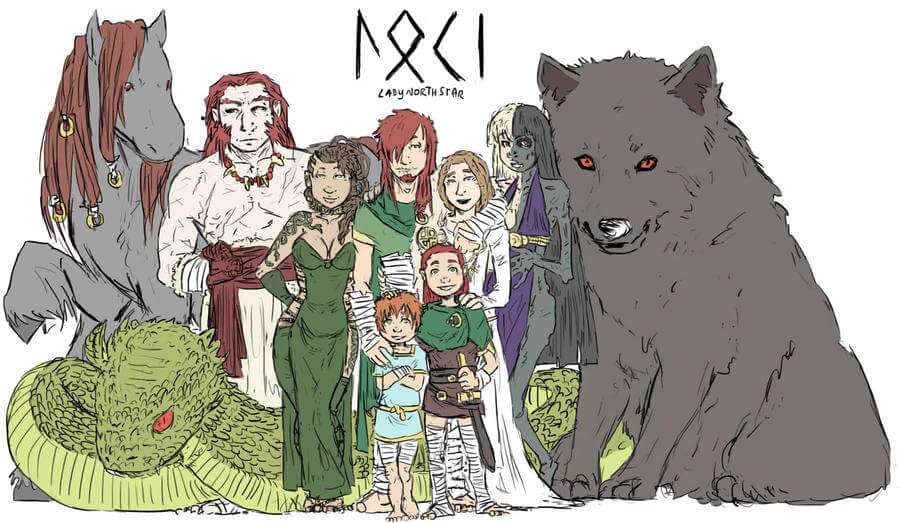
Insights from the Poetic and Prose Edda
The primary sources for Loki’s myths are the Poetic Edda and the Prose Edda, ancient texts that form the cornerstone of our understanding of Norse mythology. The Poetic Edda, a collection of Old Norse poems, presents Loki in various roles, from a cunning trickster to a malicious instigator. The Prose Edda, written by Snorri Sturluson, provides a more structured narrative of Norse myths, including those involving Loki. These texts offer invaluable insights into Loki’s character, depicting him as a complex figure capable of both helpful and harmful deeds.
Loki’s Ambiguous Role Among the Gods
In these sagas, Loki is neither fully accepted by the gods nor entirely one of the giants. He resides in Asgard, the home of the gods, and often aids them with his cleverness. However, his Jötunn heritage and unpredictable nature also make him an outsider, often leading to conflicts and intricate narratives within the mythological tapestry. This duality is central to Loki’s role in Norse mythology, reflecting the nuanced perspectives of the ancient Norse on themes of kinship, loyalty, and the nature of good and evil.
2. Loki’s Character and Traits
Analyzing Loki’s Multifaceted Personality
Loki’s character in Norse mythology is a complex blend of mischief, intelligence, and cunning, coupled with a penchant for causing trouble among the gods. His ability to shape-shift and his quick wit make him an unpredictable and often formidable figure. Loki’s actions range from playful trickery to causing profound chaos, revealing a character that defies the binary of good and evil. His motivations are often as elusive as his actions, driven by a deep understanding of the other gods’ personalities and weaknesses.
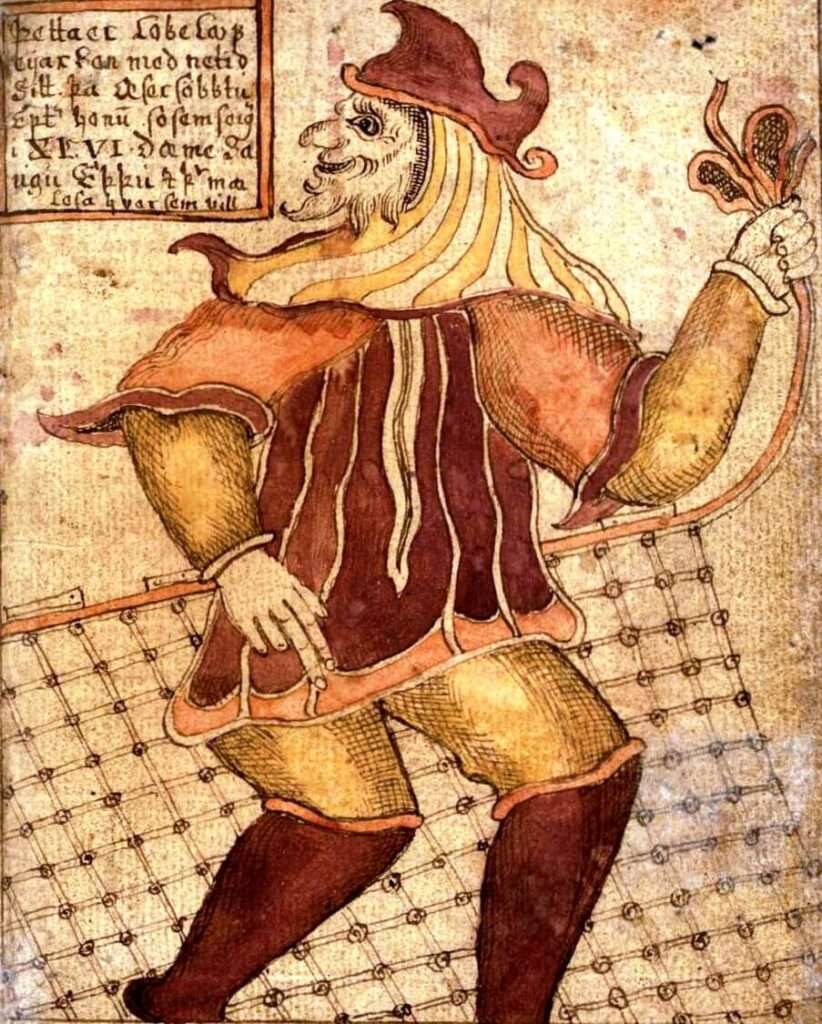
Loki in Ancient Texts: The Trickster and Beyond
In the Poetic and Prose Edda, Loki is portrayed as a trickster god, a common archetype in mythology. He is often found manipulating situations to his advantage or to the detriment of both gods and mortals. However, his role is not solely one of antagonism; he often helps the gods, using his unique skills to solve problems no one else can. This duality is key to understanding his character in ancient Norse culture, reflecting the complex nature of the world and its inhabitants.
Modern Interpretations: From Myth to Popular Culture
In modern times, Loki has been reimagined through various lenses, notably in popular culture such as in Marvel Comics and movies. These contemporary portrayals often emphasize his mischievous and villainous aspects, sometimes overlooking the depth and ambiguity present in the original myths. Modern interpretations tend to present Loki as more of an outright antagonist, aligning him with contemporary ideas of a ‘villain’ character. This shift in portrayal highlights how cultural values and storytelling conventions influence the interpretation of mythological figures.
The Evolution of Loki’s Image
The transformation of Loki’s image from ancient texts to modern interpretations reflects changing societal values and understandings of mythological archetypes. While ancient Norse society may have viewed Loki’s traits as integral to the balance and complexity of the world, modern narratives often seek clear moral distinctions, thus simplifying his character. This evolution in Loki’s portrayal offers insights into how myths are adapted and reinterpreted over time, serving as a mirror to the values and beliefs of the society that reimagines them.
3. Notable Myths Involving Loki
The Theft of Thor’s Hammer
One of the most famous myths featuring Loki is the theft of Thor’s hammer, Mjölnir. In this tale, Loki’s cunning is pivotal in both the loss and subsequent recovery of the hammer. When the hammer is stolen by the giant Thrym, who demands the goddess Freyja in exchange, it is Loki who devises a plan. He convinces Thor to dress as Freyja and attend their wedding, leading to the eventual retrieval of Mjölnir. This story highlights themes of cunning over brute force and the importance of adaptability in the face of challenges.
The Birth of Sleipnir
Another remarkable myth is the birth of Sleipnir, Odin’s eight-legged horse. Loki, in the form of a mare, lures away a giant’s magical stallion, leading to the birth of Sleipnir. This story not only showcases Loki’s shape-shifting abilities but also his role in providing the gods with important assets, albeit through unconventional means.
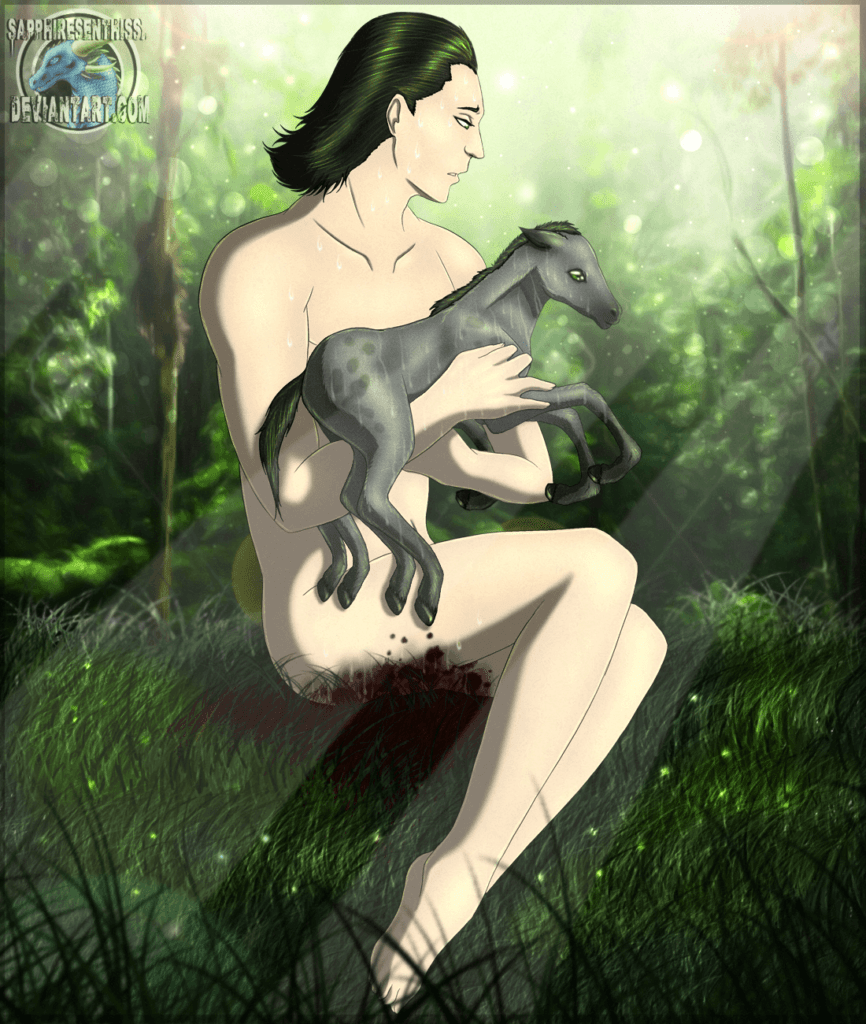
Analysis of Themes and Lessons
These myths reveal a range of themes central to Norse mythology. Loki’s actions often reflect the idea that intelligence and wit can be as powerful as physical strength. Additionally, these stories illustrate the complexity of the gods’ characters and their moral ambiguity, a stark contrast to the often clear-cut morals of modern tales.
Historical and Cultural Context
In the historical and cultural context of Norse society, these myths served multiple purposes. They were not only entertaining stories but also conveyed important societal values and norms. Loki’s character, in particular, represents the Norse understanding of a world where good and evil are not absolute, and where the gods, like humans, can be deeply flawed. His stories reflect the Norse appreciation for cunning and cleverness, as well as an acknowledgment of the unpredictable nature of life and the gods themselves.
4. Loki’s Role in Ragnarök
The Onset of the End: Loki’s Pivotal Role in Ragnarök
In Norse mythology, Ragnarök represents the cataclysmic end of the world, a series of events leading to the death of many major figures, including gods and monsters. Loki’s role in Ragnarök is both central and complex. According to the myths, he is directly responsible for initiating the chain of events that lead to this apocalypse. He does this by breaking free from his bonds and leading the enemies of the gods into battle against them.
Loki as the Leader of Chaos
During Ragnarök, Loki is depicted as the leader of a host of creatures and beings antagonistic to the gods, including the giants and the inhabitants of Hel. This marks a significant shift from his earlier portrayals as a trickster and a sometimes-ally to the gods. In the final battle, Loki faces Heimdall, the watchman of the gods, and they are prophesied to kill each other, symbolizing the ultimate destruction and renewal cycle inherent in Norse cosmology.
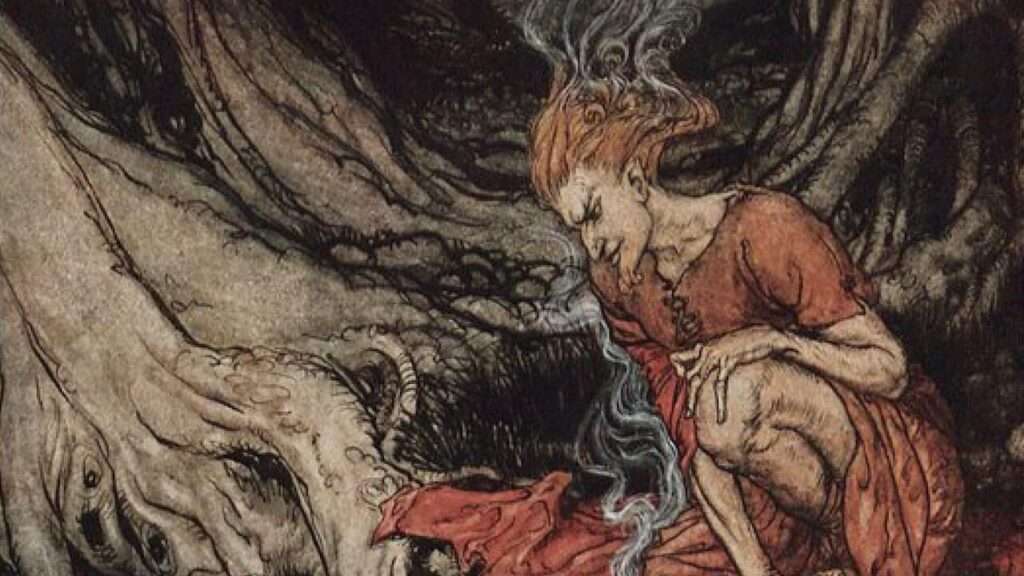
Differing Interpretations and Implications
The interpretation of Loki’s role in Ragnarök varies widely among scholars. Some view it as a natural progression of his character from a mischievous trickster to a figure of ultimate chaos and destruction. Others interpret it as a reflection of the inherent unpredictability and duality in his nature, representing the unpredictable and often destructive aspects of the world.
The Metaphorical Significance of Ragnarök and Loki’s Role
The story of Ragnarök, with Loki at its center, can be seen as a metaphor for the natural cycles of destruction and rebirth in the world. Loki’s participation in the destruction of the world he once helped is symbolic of the idea that creation and destruction are inextricably linked. This interpretation highlights the complex nature of Norse mythology, where even the end of the world is not simply a tale of good versus evil but a deeper reflection on the cycles of nature and life.
5. Loki in Modern Culture
Loki’s Reinvention in Contemporary Media
In modern culture, Loki has undergone a significant transformation, particularly in his portrayal in Marvel Comics and movies. Here, he is often depicted as a charismatic and complex antagonist, with an emphasis on his rivalry with his brother, Thor. This version of Loki, while retaining elements of mischief and cunning, often displays a more nuanced range of emotions, including vulnerability, humor, and even moments of heroism.
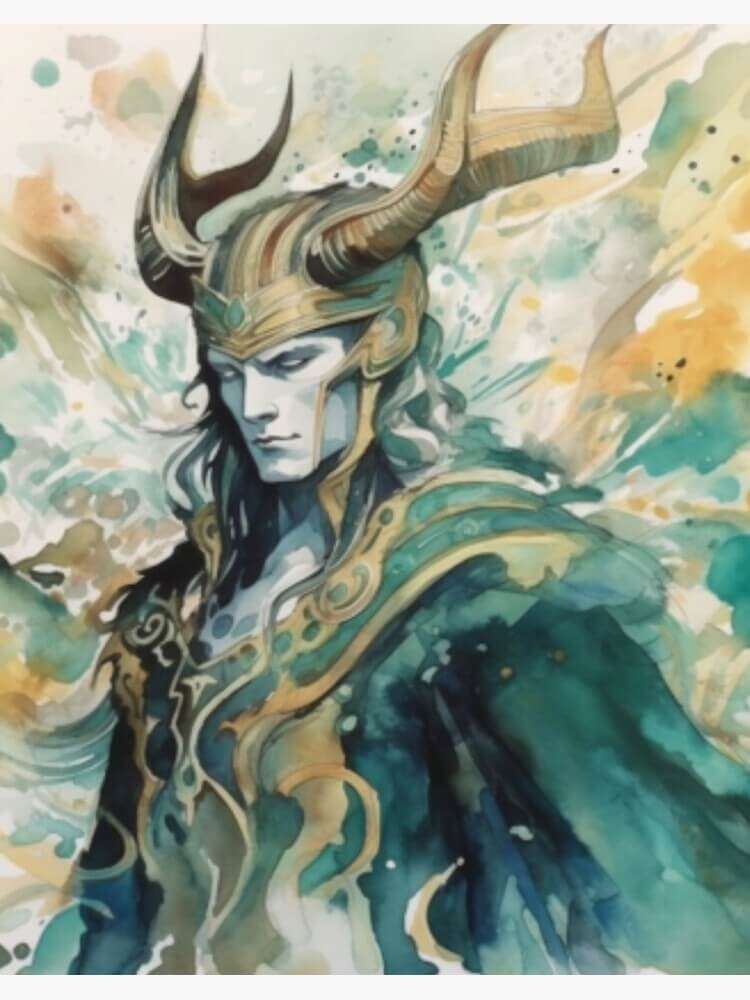
The Marvel Cinematic Universe: A New Face of Loki
The Marvel Cinematic Universe (MCU) has played a pivotal role in reshaping Loki’s image. Portrayed as a sophisticated and multi-layered character, he oscillates between villainy and anti-heroism. This Loki is less of a mythological figure and more of a relatable character grappling with issues of identity, belonging, and ambition. His story arcs often revolve around themes of betrayal, redemption, and the search for self-worth, diverging significantly from his mythological roots.
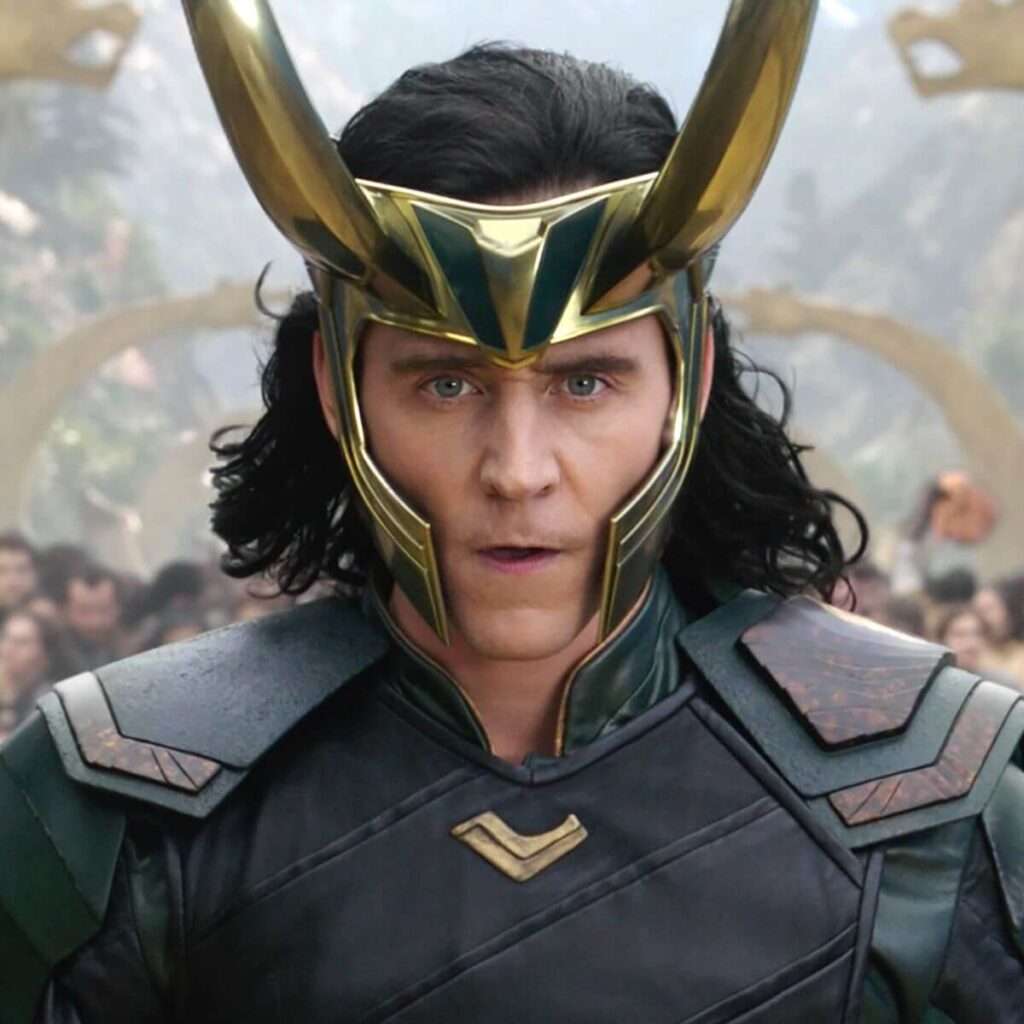
Contrasting the Ancient and the Modern
When compared to the original Norse myths, the modern interpretation of Loki shows a marked shift. The ancient Loki is a more ambiguous character, whose actions, though often harmful, do not always stem from malice but rather from a complex nature that defies simple moral categorization. In contrast, the modern Loki often has clearer motivations, and his actions are frequently contextualized within a more familiar framework of family dynamics and personal struggle.
The Cultural Significance of Loki’s Evolution
This evolution of Loki’s character reflects broader changes in storytelling and cultural values. Modern narratives tend to favor character depth and development, allowing for a more humanized portrayal of figures like Loki. This shift also speaks to contemporary society’s fascination with flawed, morally ambiguous characters, who offer more relatable and compelling narratives than the more black-and-white morality of traditional mythological figures.
6. Conclusion
Loki, the Norse god of mischief, embodies a rich tapestry of complexity and contradiction. From his ambiguous origins and multifaceted role in Norse mythology to his modern reincarnation as a relatable anti-hero, Loki’s character has captivated audiences for centuries. His journey through myths such as the Theft of Thor’s Hammer and his pivotal role in Ragnarök reflects themes of cunning, transformation, and the blurred lines between good and evil. In contemporary culture, Loki’s evolution from a mythical trickster to a deeply layered character in modern media underscores our enduring fascination with morally ambiguous figures. Loki’s legacy, thus, is not just in the tales of old but in the ways he continues to resonate and adapt in our current cultural landscape, reflecting our ongoing quest to understand the complexities of human nature and the world around us.
